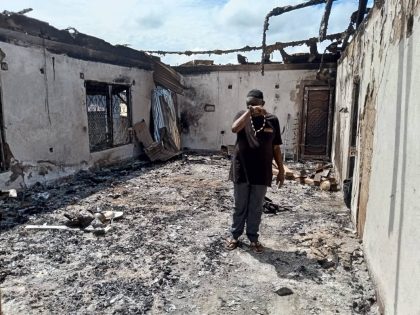An Ordinary Killing

Riveting piece of journalism in this weekend’s New York Times Magazine as well as an accompanying video piece (narrated by correspondent Barry Bearak) on the ordinary murder of a Zimbabwean migrant and widespread mob “justice” in Diepsloot, a squatter camp to the north of Johannesburg. The piece is generally good. As one friend remarked: “To his credit, Bearak’s clearly made an effort at getting to know Diepsloot and writing a good story. While it has a whiff of Rian Malan‘s ‘Hammerman’ tale towards the end, with the white man’s discovery of and fascination with muti, etcetera, it is generally good, and didn’t stray into laziness.” So go ahead and it.



















